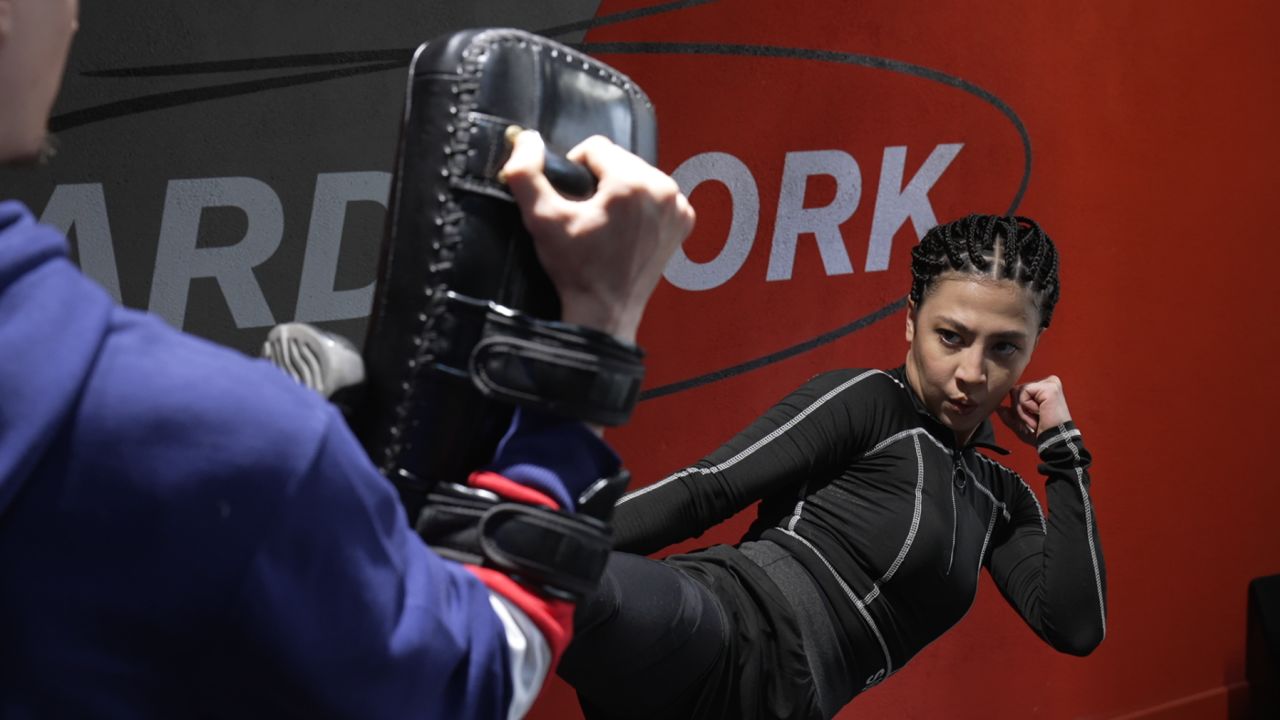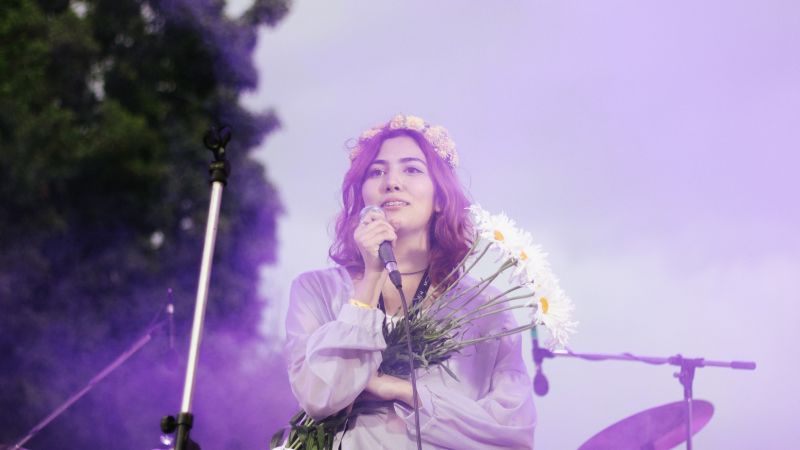A landlocked country in the heart of Central Asia, Uzbekistan has long been fueled by agriculture and manufacturing. But a growing economy and younger population are leading to an expansion of the country’s creative industries.
The government has been investing heavily in a series of ambitious arts and architecture projects in recent years to promote Uzbek art on a world stage, with the new State Art Museum in Tashkent set to become Central Asia’s largest exhibition space.
Odil Mukhamedov, 26, saw an opportunity to help build the sector when he founded creative community Moc in 2019. It came about when he realized there were no local platforms to share ideas and advocate for artists.
“We started to bring together every creative person we knew: artists, musicians, designers, architects,” he told CNN. “The community started to expand and then we started to understand that the potential of creative people in Uzbekistan is very huge.”
Meet the 26-year-old entrepreneur changing the face of Uzbekistan’s art scene
“When there is no industry, it is very hard to work in this sphere. So for a young person, it is much easier to migrate,” he says. “And we started to think how … to find the motivation for [the] young generation so they can stay here and create their projects.”
A former Soviet republic, former President Islam Karimov led Uzbekistan to independence in 1991. The authoritarian leader remained in power for 25 years until his passing in 2016.
Since then, the most populous country in Central Asia has undertaken a series of political and economic reforms. They include include lowering trade barriers, making it easier for companies to do business and prying open the foreign exchange market. Government promotion of creative industries is seen as an extension of those goals.

The Moc collective runs independent arts festivals across Uzbekistan, including an electronic music festival in the Aral Sea desert region and a “festival of festivals” called Mocfest in the capital. This year’s Mocfest runs from August 23 to 25 and features work by young musicians, artists, chefs and environmentalists.
“We see that the economy of the country is developing,” Mukhamedov said. “So it’s a time for young creatives to stand up and make their voices heard.”
With 40% of Uzbekistan’s population under the age of 25, young Uzbeks have been leveraging social media to reach global audiences with their content.
Former gymnast and social media superstar Asal Saparbaeva, known as Littos, has racked up hundreds of millions of views on TikTok and almost 15 millions followers on her social media channels worldwide with her unique brand of extreme sports and athletic Uzbek style.
Saparbaeva and her husband, Yaroslav Nikolenko, developed their social media company during the pandemic, uploading five to six videos a day across all available social networks. They found that making videos without language enabled access to a wider global audience.
Saparbaeva performs a mind-boggling array of acrobatics and stunts, often in the character of a “kelinka” or traditional Uzbek bride. It’s her rallying cry to women in Central Asia to engage in sports and continue doing what they love after marriage.
She feels that social media can offer young people opportunities for self-expression. “School forces you to do something, but on the internet, you can learn or create something for yourself,” she says. “I think that’s why the youth are captivated by all this. They see a future in it.”

This Tiktok star is upending the idea of the traditional Uzbek bride






